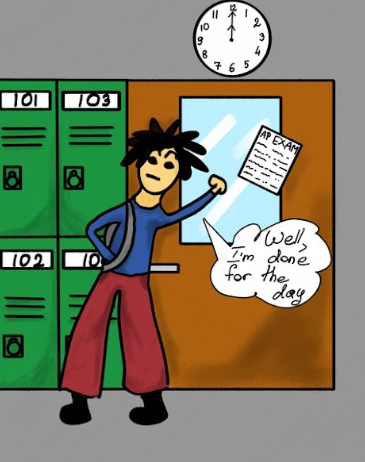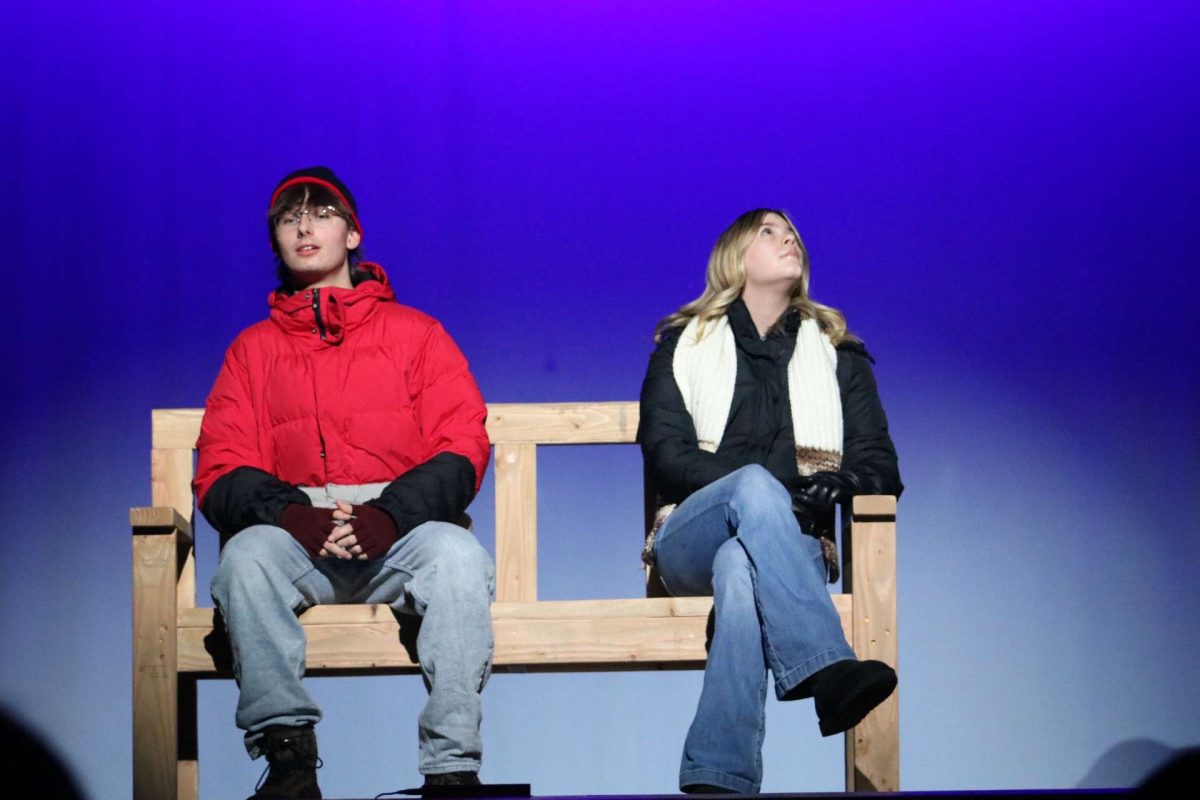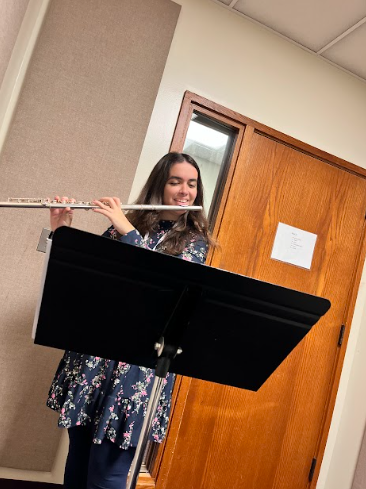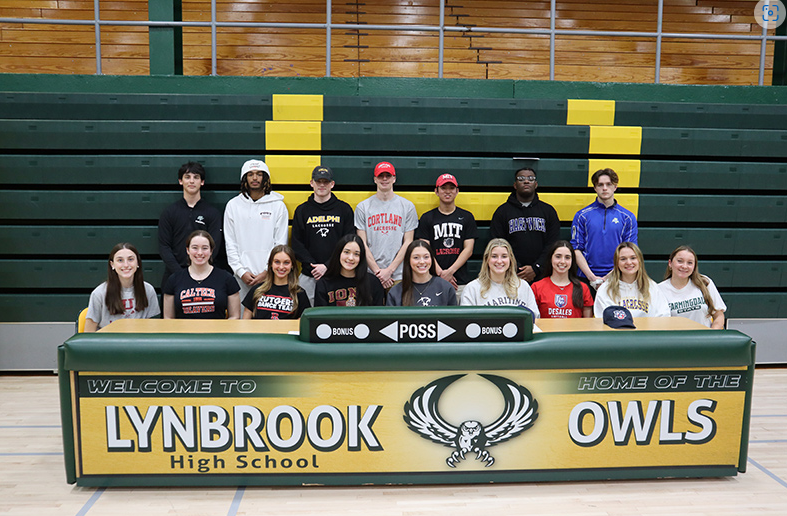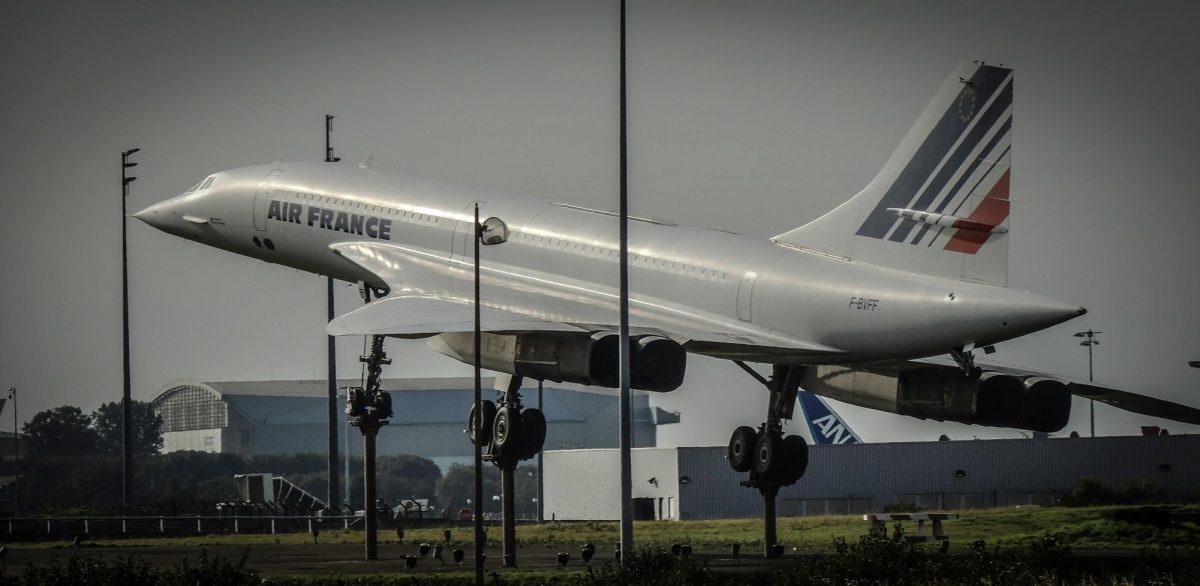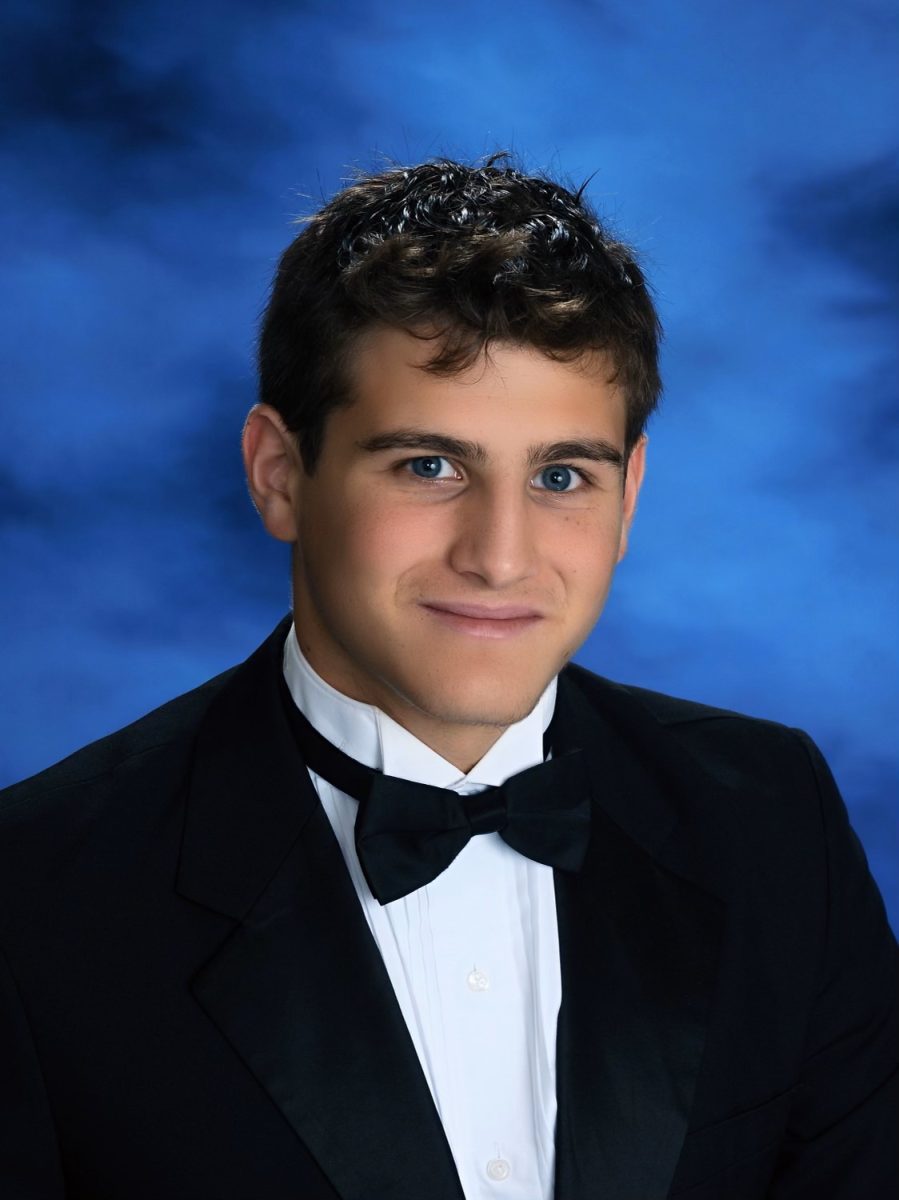2023 marked the 20th anniversary of the retirement of the Concorde, the iconic, lavish, ultra-fast plane operated by British Airways and Air France from 1976 to 2003. The Concorde was beloved by the wealthy and aviation fanatics alike. Its flagship route from New York to London, which it completed in just over three hours at roughly twice the speed of sound (Mach 2, which is approximately 1,534 miles per hour), exemplified its unparalleled speed. Unfortunately, the infamous supersonic jet faced a variety of complications.
Firstly, the jet produced a loud roar known as a sonic boom when breaking the sound barrier; supersonic flight was banned above U.S. cities by the Federal Aviation Administration (FAA) in 1973 because the sonic booms could cause irritating noises and tremors as well as minor damage to infrastructure. Moreover, Concorde planes were extremely expensive to operate, with tickets costing as much as $20,000 in today’s market, making it difficult for airlines to generate profit. Following the deadly crash of Air France Flight 4590 in 2000, enthusiasm for the aircraft declined.
Despite the Concorde’s limited success, the past decade has witnessed a resurgence of interest in commercial supersonic flight with the emergence of new materials, advanced engines, and innovations in aerodynamics. A future of supersonic flight seems inevitable, offering immense value in both commercial and military contexts; supersonic aircraft will allow humans to travel farther in less time, making the world more accessible. Additionally, supersonic flight presents crucial advantages in military operations, facilitating rapid responses to threats and enhancing global reach.
Currently, two aviation projects are being developed to address past concerns with supersonic flight, aiming to reintroduce supersonic air travel to passengers in a more affordable, environmentally friendly, and quieter manner: the first is being worked on by a private company called Boom Technology, the second by NASA partnering with Lockheed Martin.
Boom Technology, an American company, is on a mission to bring back supersonic passenger flights by the end of the decade with its innovative Overture aircraft. As posted in the BBC Science Focus magazine (ScienceFocus.com), Ben Murphy, vice president of sustainability at Boom, reported that “[Boom] can build on Concorde’s legacy with nearly 60 years of advancement in aerodynamics, materials, and propulsion systems.” Murphy added that “the use of sustainable aviation fuel (SAF) [enables] the return of supersonic travel in [a more] economical and environmentally sustainable manner.”
SAF, derived either from recycling waste materials from landfills and food production or produced synthetically through carbon captured from the air, stands out as the most promising solution for reducing aviation’s carbon footprint. It has the potential to cut a plane’s lifetime carbon dioxide emissions by 80 percent. While Overture’s top speed of Mach 1.7 falls slightly short of Concorde’s Mach 2, it compensates by accommodating up to 88 passengers. This enables it to open up over 500 transoceanic routes, offering travelers a swift, safe, and sustainable mode by which to explore more of the world. In the article “The Future of Air Travel: Supersonic Jets” on the Vaughn College’s website (Vaughn.edu), Boom Founder and Chief Executive Officer Blake Scholl, emphasized the vision of Overture: “We believe in a world where more people can go to more places, more often. Sustainable supersonic travel unlocks new possibilities for business relationships, prospects for vacation, and opportunities for human connection.”
Engineers are tackling the issue of the disruptive sonic boom with an innovative approach, transforming it into a gentler “sonic thump.” This breakthrough is being achieved through the development of the X-59 QueSST, an experimental aircraft by Lockheed Martin under NASA’s initiative to mitigate the aural impact of supersonic flight. When an aircraft surpasses the speed of sound, it produces shock waves that eventually coalesce into larger waves. NASA hopes that X-59’s design will prevent shockwaves from forming in such a dramatic and loud way, employing specific aerodynamic features that should help the aircraft slice through the air without creating merging shockwaves. A March 4 Inverse article on the magazine’s website (Inverse.com) entitled “Inside NASA’s Push to Make Air Travel Faster Than Ever” describes the new and improved physical shape of the X-59: “[T]he plane has a very sleek long nose, and it doesn’t even have a windshield – the pilots will rely on a camera and monitor system instead to see in front of them. No windshield means no surface for the air to pile up against.”
With its design finalized, the X-59 is set to undergo a series of ground tests before embarking on its maiden flight later this year. Once NASA completes flight tests, Lockheed Martin plans to fly the aircraft over various selected cities across the U.S., gathering feedback on the sound it produces and public perceptions. In the article “Supersonic Plane Travel Is Closer Than You Thought” on CN Traveler’s website (cntraveler.com), Bob Pearce, associate administrator for aeronautics research at NASA, reported that “NASA will share its data with regulators and the wider air travel industry. By demonstrating the possibility of quiet commercial supersonic travel over land, we seek to open new commercial markets for US companies and benefit travelers around the world.”
Supersonic flight truly demonstrates the need for speed, and although commercial travelers may need to wait a few more years before flying the supersonic airways, it may definitely be worth it.







